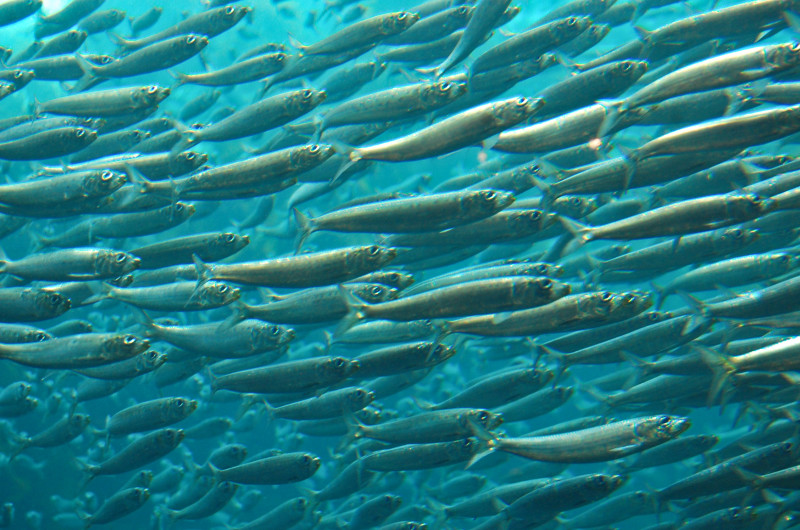Federal fishery regulators on Wednesday approved an early closure of the commercial sardine season off Oregon, Washington and California -- shutting down the harvest of the highly sought fish for at least the next 14 months.
Meeting in Rohnert Park, the Pacific Fishery Management Council voted to direct NOAA Fisheries to halt the current season as early as possible, affecting about 100 fishing boats with sardine permits, though far fewer are actively fishing at the moment. The season normally would end June 30.
The council decided earlier in the week to shut down the 2015-16 sardine season, which was to start July 1.
The action was taken based on revised estimates of sardine populations, which found the fish were declining in numbers faster than earlier believed, and on fears that without action sardines could soon reach the status of being overfished.
The council acted over protests from some in the fishing industry, and members said they understood the pain the closure would impose on some communities and workers.
